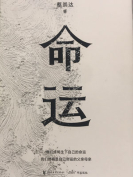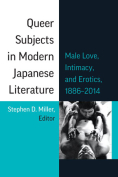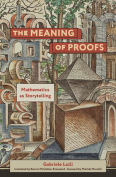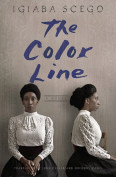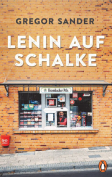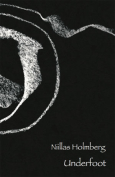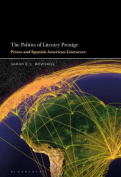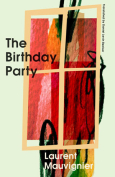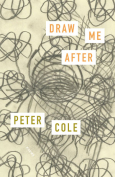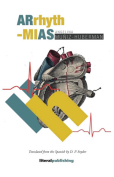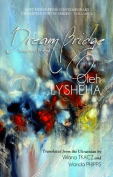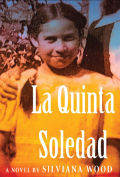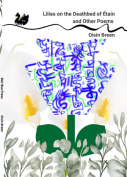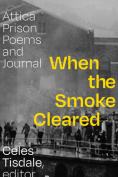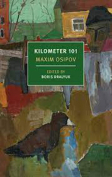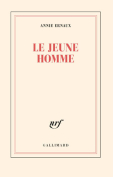Arrhythmias by Angelina Muñiz-Huberman
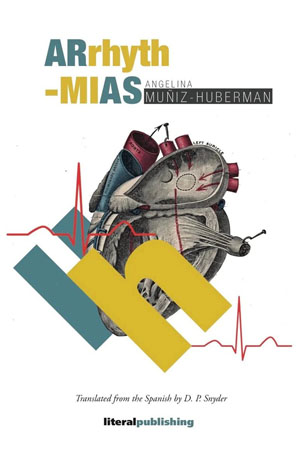 Houston. Literal Publishing / Hablemos Escritoras. 2022. 167 pages.
Houston. Literal Publishing / Hablemos Escritoras. 2022. 167 pages.
In titling her collection of essays Arrhythmias, Mexican poet, novelist, and essayist Angelina Muñiz-Huberman signals to the reader that this collection of thirty-two essays is highly irregular. The theme of arrythmias pulses through these essays, both explicitly in the repetition of the word itself throughout the book and implicitly in the varying lengths and modes of these musings.
Recently inducted into the prestigious Mexican Academy of Language (where she now occupies the seventh chair of the exclusive thirty-six-chair literary society), the eighty-six-year-old Muñiz-Huberman is professor of medieval and comparative literature at the renowned Universidad Nacional Autónoma de México (UNAM) in Mexico City. Muñiz-Huberman has also just received an honorary doctorate from UNAM in recognition of her prolific lifetime of work, which includes fifty books of poetry, essays, novels, and translations.
The essays in this volume hint at her own early peripatetic life, a life that paralleled, intersected, and shadowed the lives of philosophical and literary giants of the twentieth century, a century punctuated (arrhythmically) by wars and exiles that demarcated and, in many cases, defined the lives of those who lived and died along the way. Muñiz-Huberman’s own parents fled Spain during the Spanish Civil War, and she was born at the very end of 1936 in Hyères in southern France. From there, the family was forced to flee again, first to Cuba in 1939, before finally settling in Mexico City in 1942. The reader catches glimpses of these incidents and traumas in fragmented accounts and oblique references, sometimes clearly autobiographical and sometimes refracted through the lives of twentieth-century prophets, poets, and philosophers, many of whom were Jewish.
Drawing on the Jewish themes of exile and mysticism that she is credited with introducing to Mexican literature, as well as classical Western mythology, art, and music, Muñiz-Huberman is an extraordinarily erudite scholar. These meditations on death and other passages are a retrospective journey through the memories of an accomplished woman of letters late in life, confronting aging and the “proximity of death.” However, this is far from a standard chronology of a singular life or accounting of a fraught century. These poetic, jagged, fractured contemplations reject order and convention. Elements of Muñiz-Huberman’s biography appear in these essays, sometimes in first person, sometimes more distantly, occasionally displaced onto other historical figures as repositories of memory, all filtered through travels and crossings, loss, and (inevitably) trauma.
She muses on death, exile, and wandering, through biographical and autobiographical hints and sketches, both her own as well as those of the philosophers and writers who populate these essays. In referring to luminaries by first name, she creates intimacy: Walter (Benjamin), Gershom (Scholem), Hannah (Arendt), Simone (Weil), and so many others. She also ponders the fate of lesser-known witnesses: journalists and photographers who were reunited in death across decades while documenting the human atrocities of “Spain. Vietnam. Suez.” (She personalizes the tragedy of the ill-fated ship, the St. Louis, in the figure of the young poet, Leo Baum, who would rather plunge to his death in the port of Havana than return to Europe and its death camps.) They are connected to Muñiz-Huberman by the repetition or simultaneity of their experiences across time and across the ocean. These ocean crossings are layered onto those of Greek mythology, while the meanderings of exiled Jewish writers recapitulate the diasporas of their ancestors. In recuperating their stories, she recovers fragments of their memory, lost in death. However, Muñiz-Huberman is ambivalent about memory, referring to it as a hindrance, a prison sentence, an “unbearable accumulation” but also a “necessary guide,” one that is unifying: “all memories are one exalted memory.”
Syncopated throughout these essays, arrhythmia serves as both metaphor and method. Her writing starts and stops, hiccups and sighs, with sentences and paragraphs that sometimes barely qualify as such, orchestrated by one for whom language is the very heart of it all. (D. P. Snyder’s translation beautifully captures Muñiz-Huberman’s love of language and her inventiveness of expression.) In making “extrasystolic sinus arrhythmia” (which she confesses she suffers from) an explicit and physical manifestation of a state of mind, Muñiz-Huberman grounds these meditations in the embodiment of the anxiety and stress that are thought to cause the physical condition and are clearly rooted in the spasms of the epoch of her life. She locates this arrhythmia deep within her, in childhood piano lessons, in ruptures, in betrayals. She embraces arrhythmia, as a diagnosis and an ethos. “Arrhythmia is to stick your finger in the wound,” she says, which she does with great deliberation, while also appreciating the natural rhythms of the body, of the ocean, of music and dance, and even of the ailing heart. The book itself is “arrhythmic,” as she confesses at its close, adding that “it was time,” as if she’s been ruminating on these themes for a lifetime.
In the end, Muñiz-Huberman admits, “I have written the strangest book.” Indeed, these are strange times.
Misha Klein
University of Oklahoma

